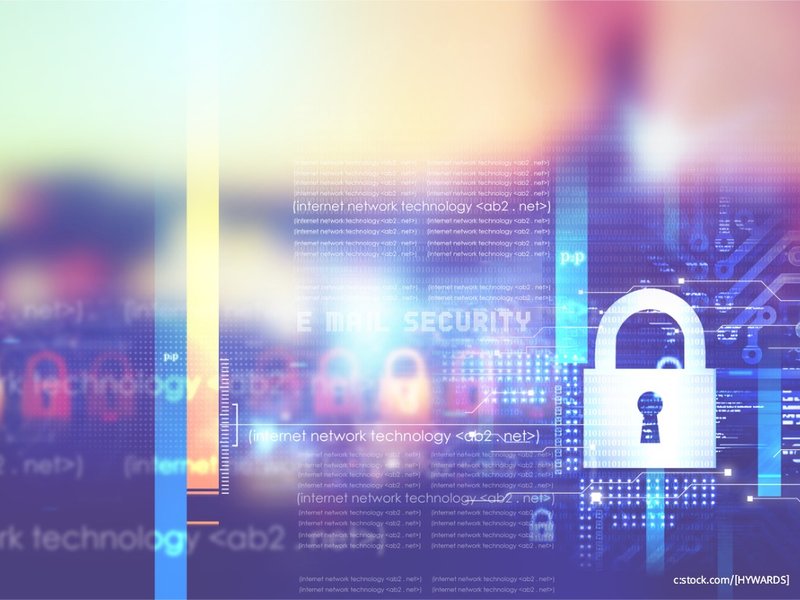
Officials have also made a sensational announcement about the land cadastre being transferred to blockchain. As it appeared, one procedure was transferred from the carcasses, and there are no raiders on the land.
The statement of the Ministry of Agrarian Policy on the transition of the country’s land cadastre to Blockchain was a great exaggeration.
Only the procedure of checking the extract from the land cadastre was transferred to Blockchain technology. All data on land plots and transactions continue to be stored in the old electronic register by the cadastre administrators.
However, the innovation should not be underestimated. Previously, only notaries and those who had an automated workstation (APM), i.e. a connection to a land cadastre, could verify the authenticity of the extract from the register. Now any person can make it.
What is Blockchain and what is its value
The idea of using blockchain in Ukraine is gaining popularity because blockchain excludes falsification of information in electronic state registries. In such a corrupt country as Ukraine, this property of the technology is priceless. Especially if we are talking about property state registries and state land cadastre.
Blockchain is a new technology that appeared in its current form in 2009 with the launch of Bitcoin. It makes it possible to store and protect information reliably from falsification.
Blockchain is a database. The uniqueness of this database is that it writes information “in layers”. To spoof the stored information, you need to spoof all the top “layers”. This cannot be done without leaving a trace.
Moreover, the database is stored simultaneously on multiple computers connected to each other via the Internet. All changes to the database of one computer are copied to each computer participating in the network at once. Blockchain is effective in systems where authorship of any action and reliable data synchronization are important.
Today, Blockchain technology stores information about all transactions with cryptocurrency Bitcoin, as well as provides security for all bitcoins for a total cost of $73.9 billion.
Solemn transition
Decision No. 688 on the transfer of the State Land Registry to Blockchain was adopted at a meeting of the Cabinet of Ministers on 21 June 2017.
“The introduction of this technology will ensure reliable synchronization of data. This will make it impossible to replace them as a result of external interference. The technology will also provide an opportunity for public control over the State Zemekadastra system,” it was written in a press release on October 3.

The translation was done by the Ministry of Agrarian Policy and Food, the State Agency of Electronic Governance, the international non-governmental anti-corruption organization Transparency International and the international developer of software and equipment for working with blockchain Bitcoin, Bitfury.
At the presentation on October 3, Maksym Martyniuk, Deputy Minister of Agrarian Policy, solemnly announced the transfer of the land cadastre to Blockchain:
“Unexpectedly, we have become world leaders in the application of Blockchain technology for public registries. And the cadastre is the first public register in Ukraine to switch to Blockchain technology. There are few inventories in the world that work with this technology. I am very pleased that Ukraine is even a world leader in this area,” the official said.
It’s too early to be happy.
However, as it turned out in the course of the presentation, the full transition of the Semcadastre to blockchain is not yet on the table. Only the procedure for checking the extract from the zemcadastre has been translated. This is the first of three stages of migration of a zemcadastre to the new technology.
“Now, when you get an extract from the land cadastre, all the data about your land plot – cadastral number, location, purpose, area, ownership, owners, tenants – will be included in the database Blockchain”, – says the director of the IT-department of the State Land Cadastre Centre Pavel Shevchenko.
Now each extract from the zemkadastras will be supplemented with a separate sheet. The hash of the blockchain – a unique identifier in the Blockchain database and a QR code – will be printed on the sheet. Anyone will be able to check the accuracy of the information in the statement. To do this, enter the hash or download the electronic version of the statement on a special web page.
As it is inconvenient to enter a long hash, you can check the statement with a QR code. For this purpose the IT department of the State Land Cadastre Center has developed a mobile application. At the presentation Shevchenko has shown how this application works under iOS. It is true that it was not possible to find this application either for iOS or Android.
As part of the second stage, representatives of the Ministry of Agrarian Policy promise to transfer the zemkadastra database to blockchain. The third stage promises to hash all transactions of the zemcadastre with the help of Blockchain.
